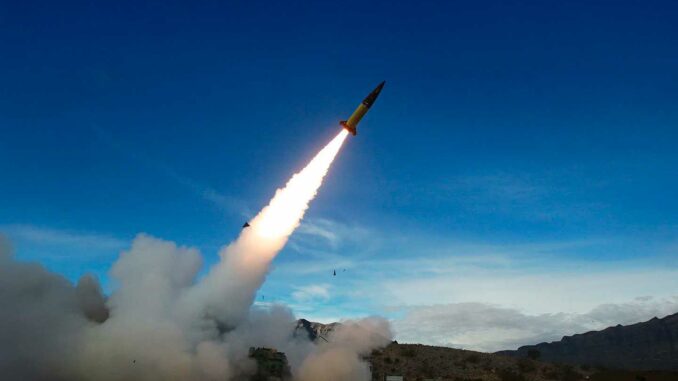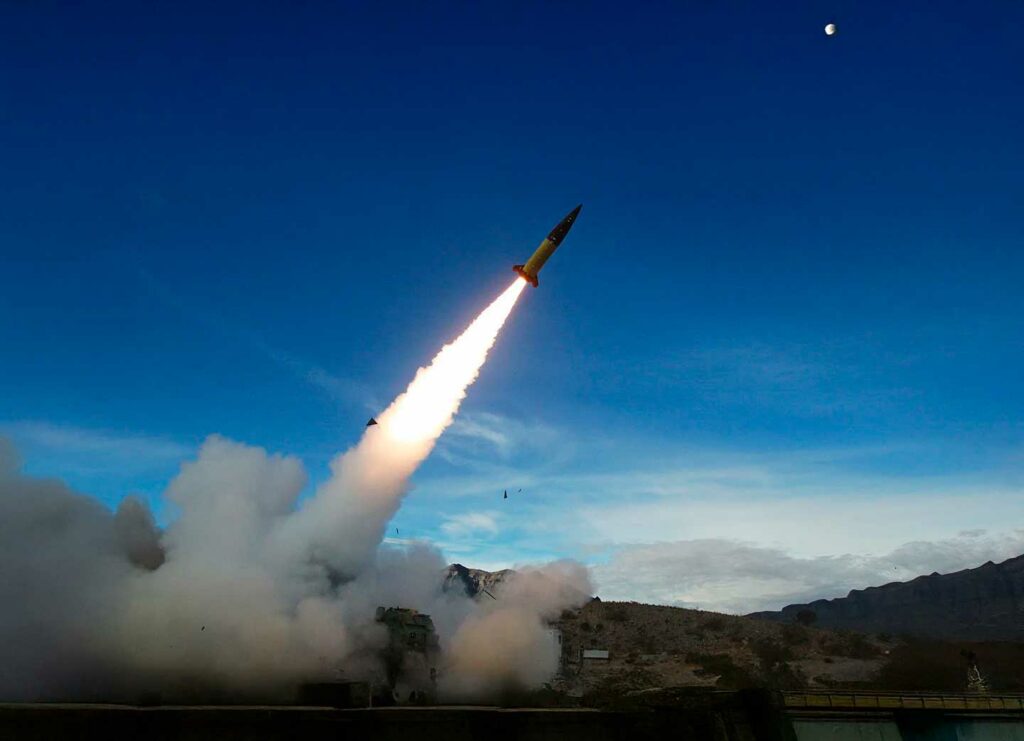
Oreshnik missile: Hypersonic power, MIRV precision, unstoppable force in modern warfare. Redefining global military strategy and defense challenges.
The Oreshnik missile represents a significant leap in modern missile technology and exemplifies Russia’s ongoing efforts to innovate in the field of ballistic weaponry. Named after the Russian word for “hazel tree,” this intermediate-range ballistic missile (IRBM) comes with a host of features that make it strategically impactful and technically sophisticated. This essay explores the key specifications, capabilities, and implications of the Oreshnik missile, shedding light on its developmental history, operational role, and the challenges it presents to global security.
Specifications and Capabilities
The Oreshnik missile is part of the new generation of Russian hypersonic ballistic weapons. According to reports, the missile achieves speeds greater than Mach 11 (approximately 13,500 kilometers per hour or 8,370 miles per hour). Its range is estimated at 5,000 kilometers (3,100 miles), placing it in the IRBM category and enabling it to strike targets across most of Europe and even parts of the United States. Such a range and speed make interception extremely challenging, as it traverses both the Earth’s atmosphere and space with unprecedented velocity.
The missile is equipped with a Multiple Independently Targetable Reentry Vehicle (MIRV) payload, allowing it to carry six to eight warheads. These warheads can be either nuclear or conventional, depending on mission requirements. MIRV technology enables each warhead to strike different targets independently, drastically increasing the missile’s effectiveness in strategic scenarios. Furthermore, its hypersonic speed and ability to maneuver make it impervious to most existing air-defense systems, as stated by military experts observing its performance.
Development History
The Oreshnik is reportedly a derivative of the RS-26 Rubezh, an advanced intercontinental ballistic missile (ICBM) developed by Russia. The RS-26 Rubezh itself was designed as a mobile, solid-fuel missile capable of delivering nuclear payloads, and the Oreshnik builds on this platform while reducing its maximum range to suit IRBM classification. Some experts suggest that only about 10% of the Oreshnik’s components are newly designed, while the rest are adaptations of established technologies from Russia’s missile arsenal.
Development of the RS-26 and by extension, of the Oreshnik, coincided with the United States’ withdrawal from the Intermediate-Range Nuclear Forces (INF) Treaty in 2019. This move removed restrictions on the production and testing of weapons within the Oreshnik’s range. Its design reflects Moscow’s consistent aim to project power and adapt to shifting global military and geopolitical constraints.

Operational Use in Conflict
The Oreshnik missile gained global attention during the Russo-Ukrainian War when it was first deployed in November 2024. Russia launched the missile from Astrakhan Oblast, likely from the Kapustin Yar training ground, targeting the PA Pivdenmash defense facility in Dnipro, Ukraine. The strike showcased its MIRV capabilities, although reports later emerged that the missile may not have carried explosive warheads during this particular use, raising speculation that the launch was symbolic, a demonstration of capability aimed at sending a strategic message to NATO and Western powers.
The operational deployment of the Oreshnik underlined a pressing concern for modern air-defense systems. Ukrainian air-defense forces admitted their incapacity to intercept the missile, highlighting its stealth properties, velocity, and upper-atmosphere trajectory as key advantages.
Hypersonic Challenges and Strategic Implications
The introduction of hypersonic technology in the Oreshnik places it among the most advanced weapons in modern military arsenals. Hypersonic missiles like the Oreshnik pose a series of challenges to existing missile-defense systems. Traditional defense mechanisms rely on identifying, tracking, and intercepting incoming projectiles. However, hypersonic speeds reduce the response time to just a few minutes, while the missile’s high maneuverability makes its trajectory unpredictable, rendering interception almost impossible with current systems.
Strategically, the Oreshnik missile dramatically shifts the balance of power in global security. By adding hypersonic IRBMs to its arsenal, Russia has enhanced its capacity to carry out high-impact precision strikes. It also complicates the strategic calculus for NATO and other military alliances. The missile’s deployment sends a message not only to Ukraine but also to the West about Russia’s ability to innovate and escalate in response to perceived threats.
Global Impact and Future Developments
The Oreshnik’s debut marks a new chapter in the global arms race. Its deployment during a major conflict highlights the potential for hypersonic technology to redefine the parameters of war. Nations across the globe, including the United States and China, are rapidly advancing their own hypersonic programs in response. This proliferation risks destabilizing arms control agreements and could lead to a significant escalation in strategic competition.
Looking ahead, it is likely that Russia will work to enhance the Oreshnik’s capabilities while increasing its production. Reports suggest that its use is currently experimental, with only a limited number deployed. However, the missile is expected to move to full production in future, as indicated by Russian President Vladimir Putin. Modernization efforts may focus on improving warhead accuracy, expanding range, and integrating advanced electronic countermeasures.
–
The Oreshnik missile symbolizes a new frontier in missile technology, showcasing hypersonic speeds, MIRV capabilities, and strategic versatility. Its development reflects a broader shift in Russia’s strategic focus and highlights the challenges posed by emerging weapons technologies on existing defense frameworks. While the Oreshnik’s operational history is still in its infancy, its impact on both regional and global military dynamics is undeniable. The missile’s introduction will likely compel an international reevaluation of missile-defense strategies and foster further advancements in hypersonic technology, shaping the future of warfare in unforeseeable ways.
War Wings Daily is an independant magazine.